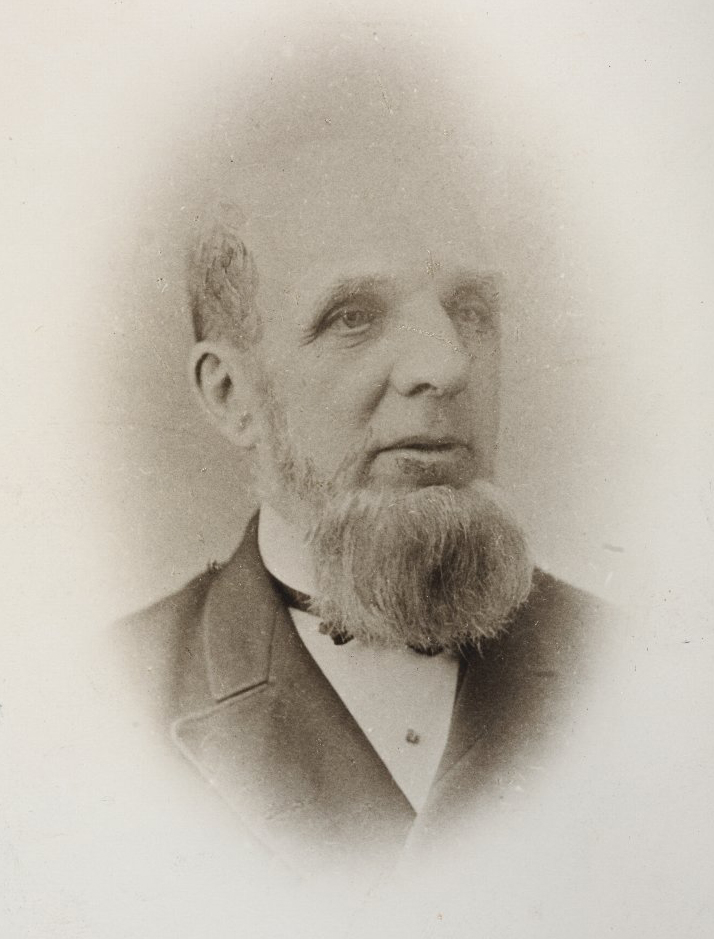You may not have heard of Charles Harrison Blackley (1820-1900), but if you are one of the 15 million people in the UK who suffer from hay fever, you are indebted to him. For it was he who identified pollen as the cause of the allergy, and not dust, ozone, benzoic acid and light and heat- just some of the theories in existence towards the end of the nineteenth century.
Darwin was very interested in hay fever. On 14 June [1873] he wrote to Blackley to thank him for his book Experimental researches on the causes and nature of Catarrhus Aestivus (hay-fever or hay-asthma). And on 5 July 1873 Darwin wrote again, saying: 'The power of pollen in exciting the skin & mucous membrane seems to me an astonishing fact'.
Blackley was a doctor, practicing in Hulme, Manchester, who advocated controversial homeopathic treatments that were scorned by the medical establishment. Himself a hay fever sufferer, Blackley devised an ingenious series of self-experiments to ascertain the cause and mechanism of hay fever. It was by exposing himself to possible causative agents, and observing changes in his own symptoms, that he was able to single out pollen as the only credible cause.
Blackley investigated pollens from over 80 different types of plant and concluded that grasses caused the greatest reaction. He also experimented with fresh, dry and extracts of pollen, administered to his nose, mouth, eyes and scarified skin. Boiling and dialysing fever-inducing pollen did not reduce its effects. Darwin wondered if the pollen would become harmless, if subjected to dry heat above the boiling point of water. He also asked Blackley why he had not considered the distinction between plants fertilised by the wind (entomophilous) and those fertilised by insects (anemophilous). Darwin writes:
Perhaps where grass is cut & dried; some pollen of the entomophilous division may be blown about; but naturally hardly any would thus be blown. Whereas the pollen of anemophilous plants cannot fail to be largely blown in every direction. (Letter to C. H. Blackley, 5 July [1873])
Blackley wrote back on 11 July 1873 that the distinction had 'a very important bearing upon the subject, and I very much regret that it should have escaped my attention'. He excused himself for the oversight, explaining that 'investigations have had to be made with the hourly recurring demands of a moderately large practice pressing upon me'.
Darwin was fascinated by Blackley's experiments testing whether pollen could be carried large distances in the upper regions of the atmosphere. Blackley wrote on 7 July 1873 that his high altitude experiments had been inspired by Darwin's discussion of collecting atmospheric dust at Porto Praya in his Journal of researches (2nd edition, p. 5). Darwin gave a further example of how coniferous pollen could be carried for hundreds of miles in the upper atmosphere and be deposited on ships- explaining why some sailors suffer from hay fever out at sea.
Blackley flew kites at different altitudes with sticky slides on them to sample the air. He perfected the experiment by adding a clockwork mechanism to expose the slides for a set time, and enhancing the glycerine sampling solution with carbolic acid to deter insects. He concluded that in pollen seasons much higher levels were found at 1000-2000ft than at ground level, and this explained why people suffered from hay fever in large cities far away from sources of pollen.
In his later work, possibly inspired by his interest in homeopathy, Blackley tried to find out the smallest amount of pollen that would initiate and maintain the symptoms of hay fever. This required determining the weight of pollen grains by a dilution method. In his letter of 9 March 1877, Darwin wrote: 'Your calculation of the (weight) of pollen grains is wonderful'.
The ultimate goal of Blackley's research remained elusive. He wrote to Darwin on 11 July 1873:
The problem of cure has still to be solved and really resolves itself principally into a question of prophylaxis. I fear it will prove to be the most formidable and difficult part of the task I originally set myself.
Blackley tried many drugs to no avail. He had slightly more success experimenting with air filtration systems, and in recommending spending summers in suitable locations to avoid pollen. But his lasting contribution to the science of allergy was to establish the link between hay fever and pollen, through inventive- and self-sacrificing- experiment, and thorough and detailed observation and description.



